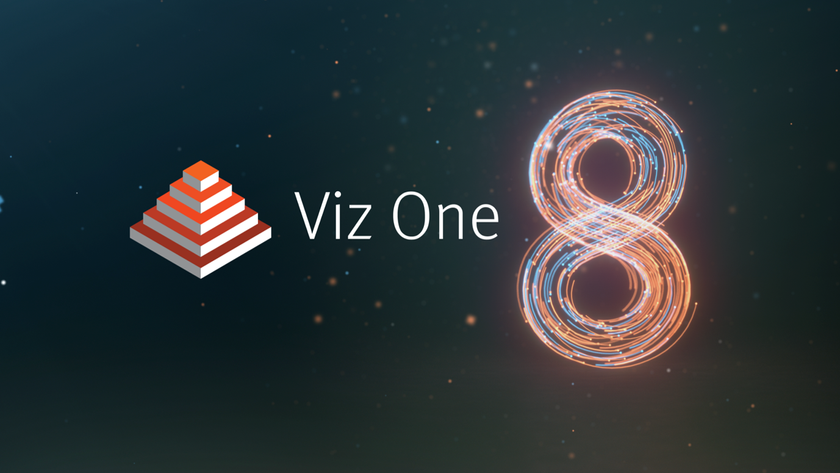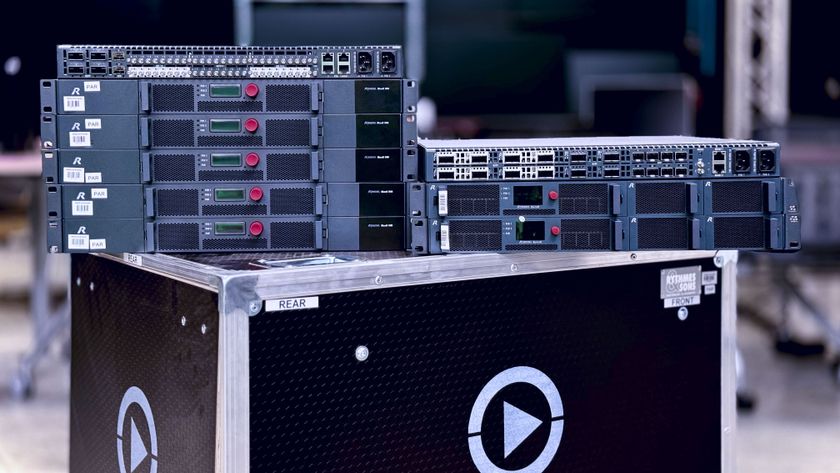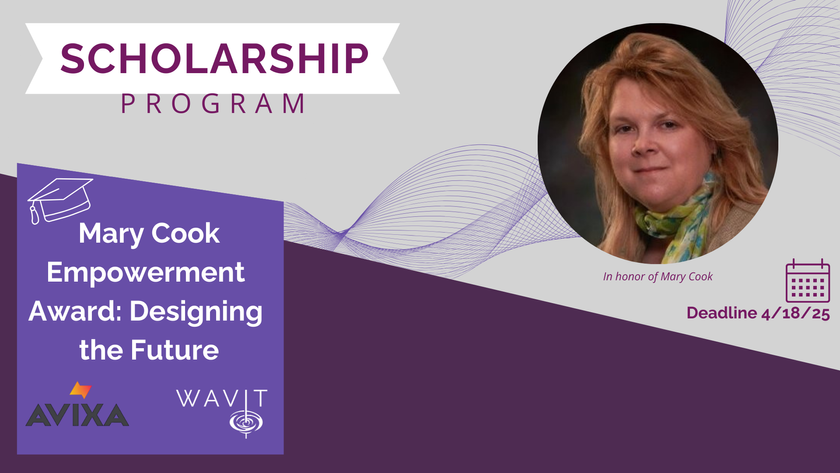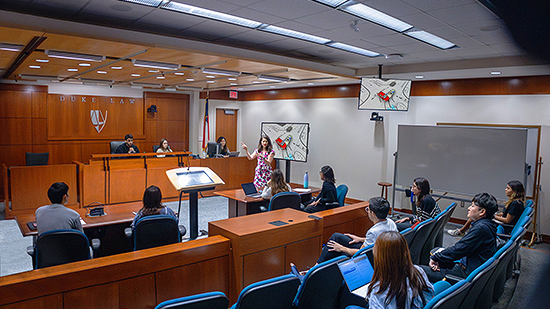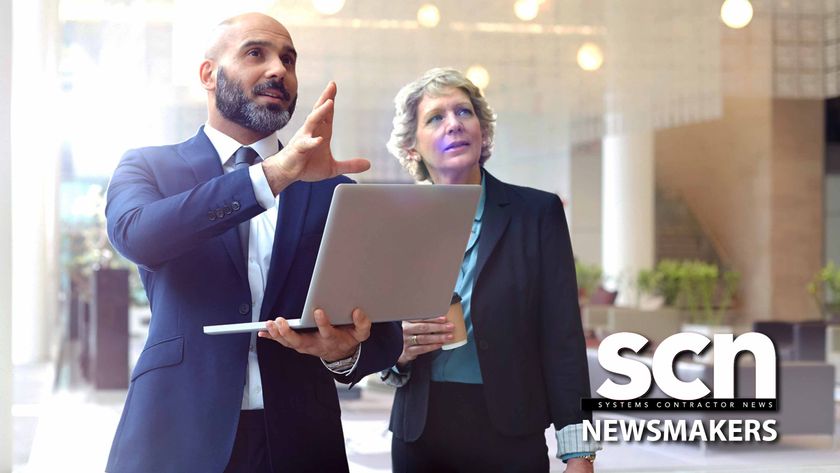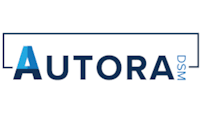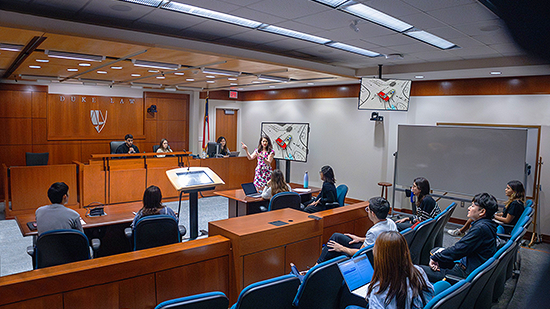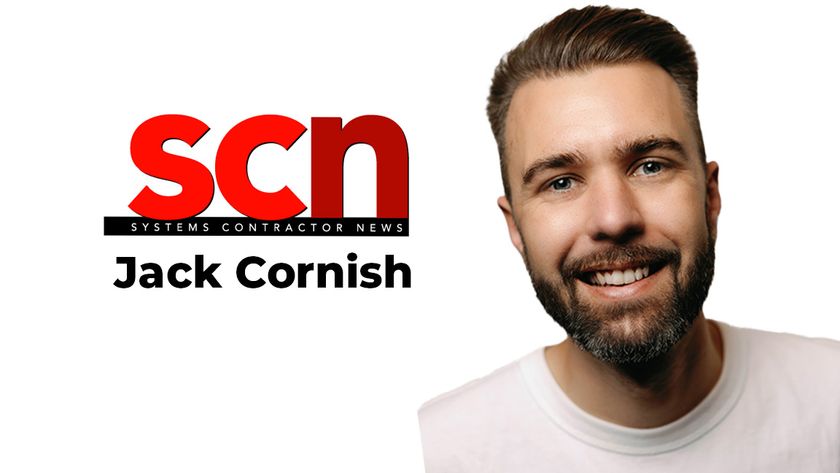- COMPANY: Hitachi Software
- PRODUCT MARKETING MANAGER: John Glad (pictured)
- THE CHALLENGE: There are still a lot of educators who don't know interactive presentation technologies like the ones made by Hitachi Software exist, or they don't know how to use them.
- It's a Bluetooth wireless tablet shining information onto a whiteboard or touchpanel. And yet it's green.
- Hitachi Software Engineering America has announced the arrival of its green, interactive presentation technologies, manufactured in accordance with the EU RoHS (Restriction of Hazardous Substances Directive), a compliance geared to eliminating the release of several hazardous substances. The new green products include Hitachi's StarBoard BT-2G Bluetooth System wireless tablet, geared toward providing educators, trainers, and corporate presenters with a fully interactive presentation system. The device can be used as a peripheral to any existing StarBoard product or as a standalone system.
- John Glad, product marketing manager for the Hitachi America Ubiquitous Platform Group, says Japanese manufacturers take the RoHS quite seriously. "We have discontinued three projector models that didn't meet the standards," he said. "We've also updated the touchpanels, using the same StarBoard software, bringing them up to the new, environmentally-friendly standards."
- The BT-2G tablet is made in China with hardware spec'd in Japan, but what drives it is the Japanese-developed software, Glad said. "There was a lot of software input from the U.S., as well as from the European market."
- The tablet system is applicable for elementary classrooms up to graduate university level as well as for any location where training and interactivity take place, he said. "You can shine a simple picture onto a whiteboard or screen with it or manipulate a more complex PowerPoint graph."
- The BT-2G tablet has a range of up to 65 feet, allowing the user to roam freely about a room while annotating on the projected image. "The user can annotate through the BT-2G using the projector and computer, then save those annotations in a new file providing everyone at the meeting with accurate meeting notes and discussion points," Glad said. "For group activity, up to seven tablets per PC can be used at a time, so everyone in the room can make annotations, or, they can brainstorm on the tablets so their notes show up on the screen."
- Other features allow the presenter to adjust the thickness of text or to highlight it. In addition to handwriting recognition, the software can identify a hand-drawn shape, such as a circle, correcting it to assume its true form.
- The tablet was developed because so many educators were looking for a way to interact with their students, Glad said. "They come to the dealers asking for a solution, and we then receive a lot of valuable suggestions. We take that input back to the engineers and see what they can do with it."
- Needs vary from school system to system, he adds. "The U.K. is ahead of the U.S. in using interactive whiteboard technology; it's mandated that they have it in their schools, so every classroom has a projector and a whiteboard. Of course, the whole country has one educational standard, whereas in the U.S. we have individual state standards and school districts."
- The environmentally-sensitive attribute of the tablet is an added value, Glad says, but without training, the technology is underutilized.
- "We have dealers who go into the educational market and specifically explain the product," he said. "They have to be able to explain all our StarBoard interactive products, including the BT-2G tablet, to teachers as well as to AV specialists. A lot of educators and tech specialists discover interactive technologies at the educational trade shows so dealers are taking it directly to the school districts."
- But there are still a lot of educators who don't know these interactive presentation technologies exist or don't know how to use them, he says. "We are tackling that issue not only by providing easy-to-use interactive presentation solutions, but also by 'educating' the educators on the many options available to them and how simple these technology solutions are to implement in their own classrooms."
Adding Color To Learning

Latest in News
